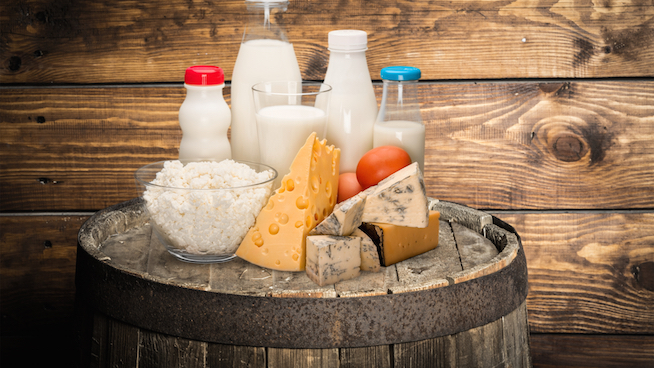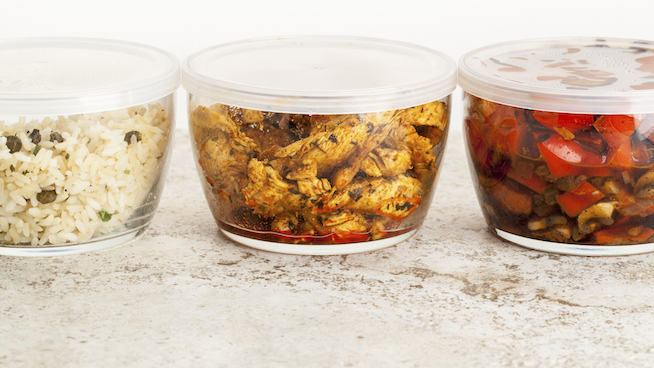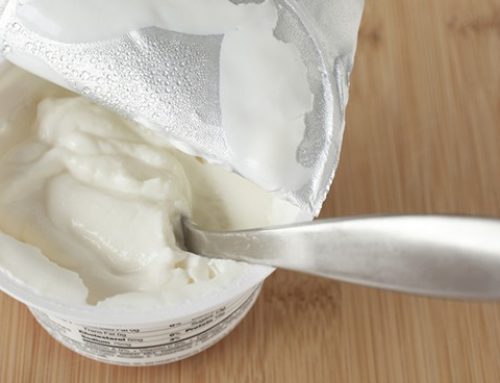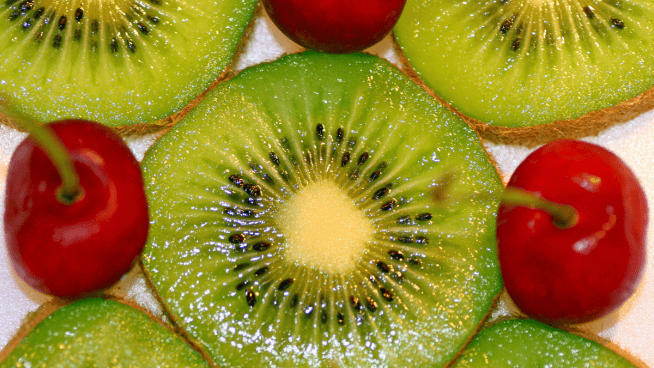Superfood Series A-Z: The "Ice Cream Bean" or Iced Green Tea
The Inga Edulis fruit, better known the “ice-cream bean,” is a native of South America. Among its other uses, it has served as a healthy snack for the local population for thousands of years.
Inside the long, twisted fruit pods are several large black seeds surrounded by a sweet white pulp with a cotton-candy-like texture. A 3.5-ounce serving of the seeds contains approximately 11 grams of protein. With a flavor comparable to vanilla ice cream, they can also be cooked and eaten as a vegetable. The pulp can be eaten fresh or used in flavoring for desserts. It contains vitamin A, vitamins B1 & B2 and vitamin C; and it’s a good source of phytonutrients like epicatechin, also found in dark chocolate, and of antioxidants and anti-inflammatory flavonoids.
Unfortunately, the ice cream bean does not travel well. It goes bad within a couple of days after harvesting, so you rarely spot it in the supermarket. Sometimes you can find it online (try the Trade Winds Fruit Store).
Alternate “I”: Iced Green Tea
Green tea has been linked to a myriad of health benefits, including combating high blood pressure, heart and liver disease. It’s known mostly for catechins, which support anti-cancerous activity and can destroy bacteria, reduce inflammation, assist in T-cell production and boost the immune system. Green tea has also been shown to increase metabolism by intervening in the body’s absorption of cholesterol and certain dietary fats.
Although green tea contains caffeine (approximately 20 mg per cup), it has six to nine times less than a cup of coffee.
RECOMMENDED FOR YOU
MOST POPULAR
Superfood Series A-Z: The "Ice Cream Bean" or Iced Green Tea
The Inga Edulis fruit, better known the “ice-cream bean,” is a native of South America. Among its other uses, it has served as a healthy snack for the local population for thousands of years.
Inside the long, twisted fruit pods are several large black seeds surrounded by a sweet white pulp with a cotton-candy-like texture. A 3.5-ounce serving of the seeds contains approximately 11 grams of protein. With a flavor comparable to vanilla ice cream, they can also be cooked and eaten as a vegetable. The pulp can be eaten fresh or used in flavoring for desserts. It contains vitamin A, vitamins B1 & B2 and vitamin C; and it’s a good source of phytonutrients like epicatechin, also found in dark chocolate, and of antioxidants and anti-inflammatory flavonoids.
Unfortunately, the ice cream bean does not travel well. It goes bad within a couple of days after harvesting, so you rarely spot it in the supermarket. Sometimes you can find it online (try the Trade Winds Fruit Store).
Alternate “I”: Iced Green Tea
Green tea has been linked to a myriad of health benefits, including combating high blood pressure, heart and liver disease. It’s known mostly for catechins, which support anti-cancerous activity and can destroy bacteria, reduce inflammation, assist in T-cell production and boost the immune system. Green tea has also been shown to increase metabolism by intervening in the body’s absorption of cholesterol and certain dietary fats.
Although green tea contains caffeine (approximately 20 mg per cup), it has six to nine times less than a cup of coffee.












